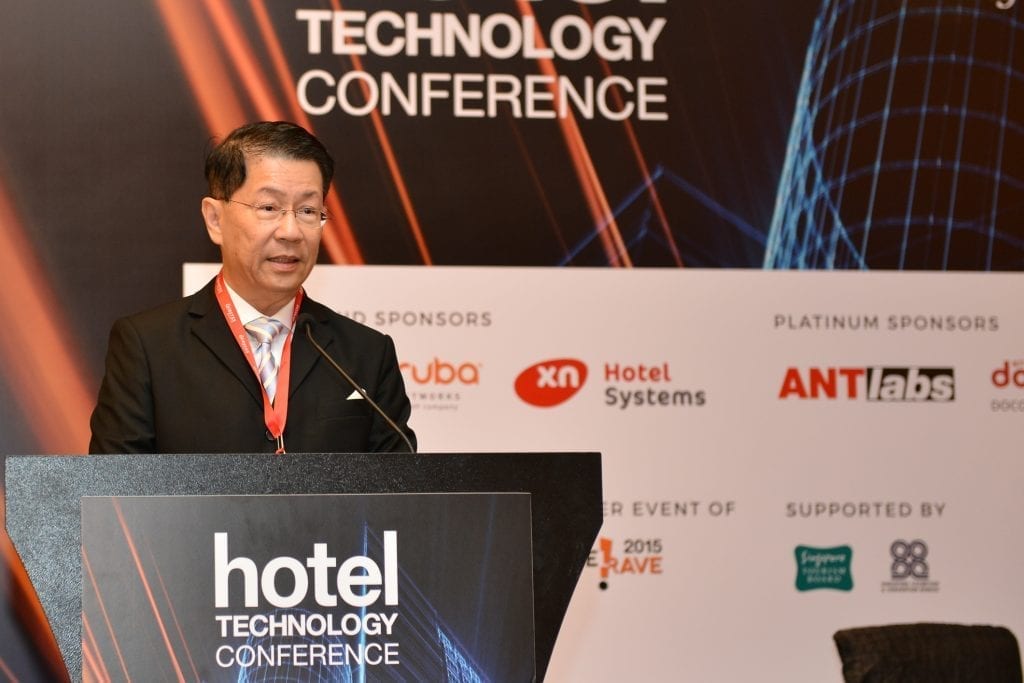
At the Aruba APAC Atmosphere 2016 conference held late last month in Singapore, Aruba Networks President Dominic Orr announced the launch of network-as-a-service, which supports the delivery of the company’s new Mobile First Platform.
Core applications for Gen-Mobile era
The core applications on Aruba Networks’ new Mobile First Platform are supported by its existing network infrastructure, including Wi-Fi, Bluetooth low energy (BLE), wired and WAN. The platform comprises network controls, network management, policy management, cloud networking, network analytics and location services. These applications supports the delivery of third-party IT services and business applications that form a mobile apps ecosystem.
Examples of the IT services that are available on Aruba’s Mobile First Platform include Citrix, MobileIron (MDM and enterprise mobility services), splunk (operational intelligence), ArcSight (an HP company that provides cyber security), Okta (identity management and single sign-on), Check Point, Intel Security, Juniper, and Palo Alto Networks.
As for business applications, the Platform also supports Skype for Business, AT&T, Aislelabs (enterprise mobile wallet marketing platform), kasada (cryptographic data firewall and our password-less authentication), RetailNext (in-store analytics), Envoy (visitor registration) and eventboard (visitor and room management).
“The Gen-mobile has given rise to rapid IT forces like the internet of things (IoT) and mobility. This is not just about the use of next-generation devices, like the Wi-Fi-connected TV boxes like the Apple TV, but the applications on top,” said Anthony Wai, sales engineering director of Asia Pacific, Aruba Networks (a HPE company), in an exclusive interview.
In a typical workplace environment, an organization needs to refresh the network infrastructure once every three to seven years. For example, they would need new routers and new switches to conform to new standards of the wireless network. In the past, when IT procurement was largely driven by IT, addressing user experience tended to be an afterthought. The situation today is reversed, however. “Many of the IT procurement decisions today are now user-driven. For example, the line of businesses (LoB) would first provide to their banking customers a banking application. They would then instruct IT to handle the infrastructure matters,” Wai said.
Utility-like network procurement models
To catch up with the fast pace of new mobile apps development and delivery, and the increasingly shortened cycle of network infrastructure upgrades, IT and the other LoBs would benefit from a flexible network services procurement model, such as network-as-a-service (NaaS), said Wai.
“NaaS enables the subscription of network infrastructure services using an opex model instead of a capex model. By subscribing instead of acquiring these network services, customers can benefit from the latest technologies, and need not budget a sum of capex to invest in the next round of network technology upgrades,” Wai said.

